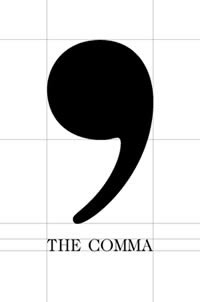Difference between Comma and Colon
Key difference: The punctuations comma and colon are commonly used in grammar. Comma is used to join the components, while colon is used to represent a list of existing components.
 Comma connects the elements with one another.
Comma connects the elements with one another.
Elements of different forms having the same qualities are grouped together with the help of a comma.
It also provides a pause between the different parts of the sentences. They are written after the conjunction, but before the condition. Comma helps to add up the constituents, as many times as desired.
For example: Sugar components consist of hydrogen, oxygen, and carbon.
Here the chemical constituents of the sugar elements are highlighted with the help of commas.
A colon tells the reader that what follows is closely related to the preceding clause. The colon is a punctuation used before the start of any explanation which consists of some description points. It is written at the start of the list.

Colon is also used to express any ratio in numbers. They are also used after the name of the speaker in any conversation, to indicate who is saying what.
For example:
The types of fruits are:
- Mango
- Orange
- Banana
- Strawberry
- Etc.
Here the colon is used to show the types of fruits.
Comparison between Comma and Colon:
|
|
Comma |
Colon |
|
Appearance |
It appears as a single closing question mark. |
It appears as two dots arranged one-below the other. |
|
Uses |
A comma in grammar is used to represent various items of the same category. |
A colon in grammar is used to represent the start before the respective points. |
|
Role |
Its role is to provide the addition of the contents. |
Its role is to introduce to the content. |
|
Presence |
They are present after the variety of contents. |
They are present before the points which are introduced. |
Image Courtesy: acfw.com, lucyandmaeve.com









Add new comment